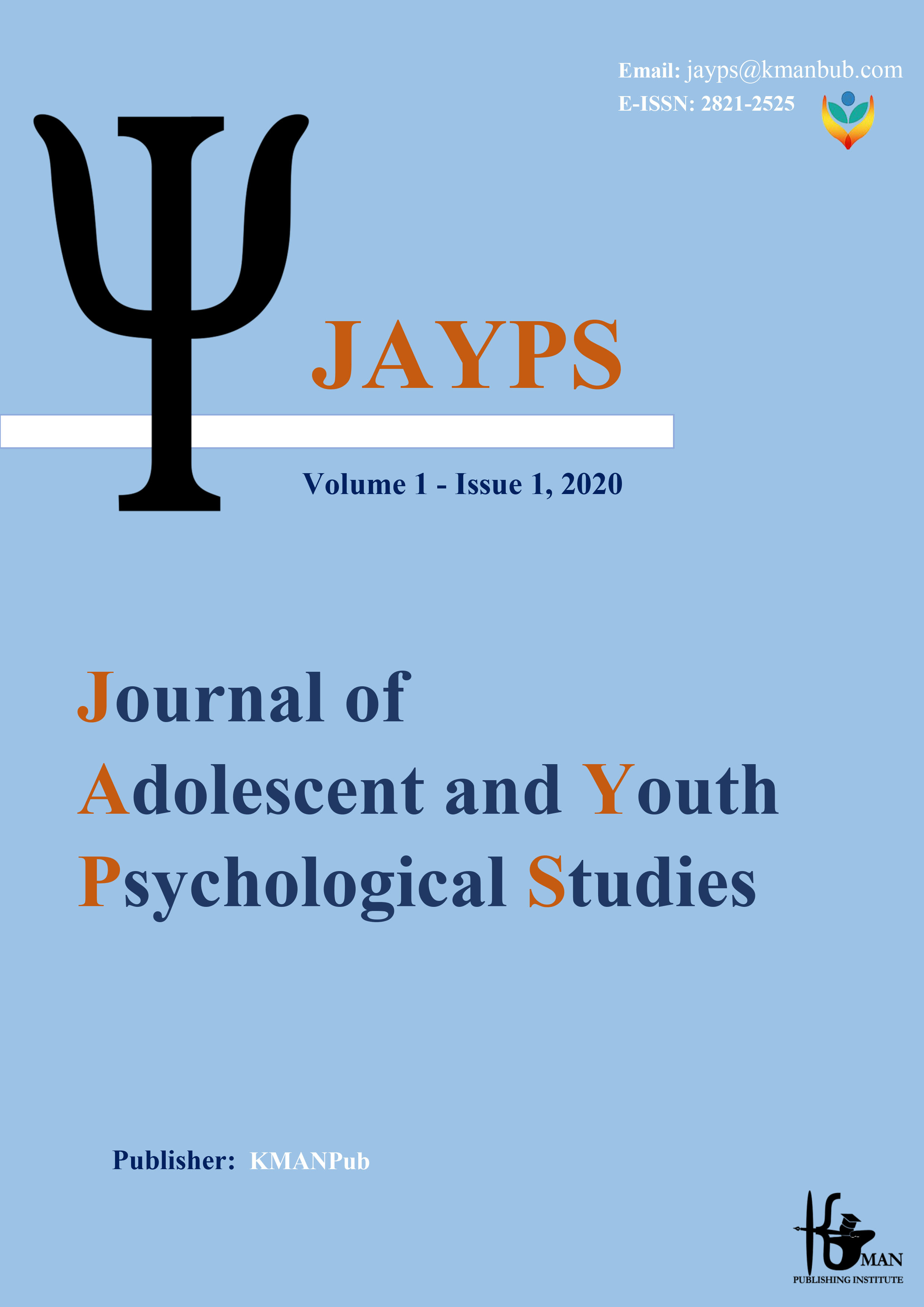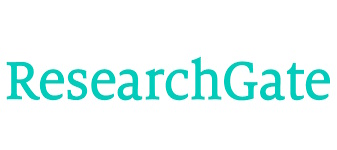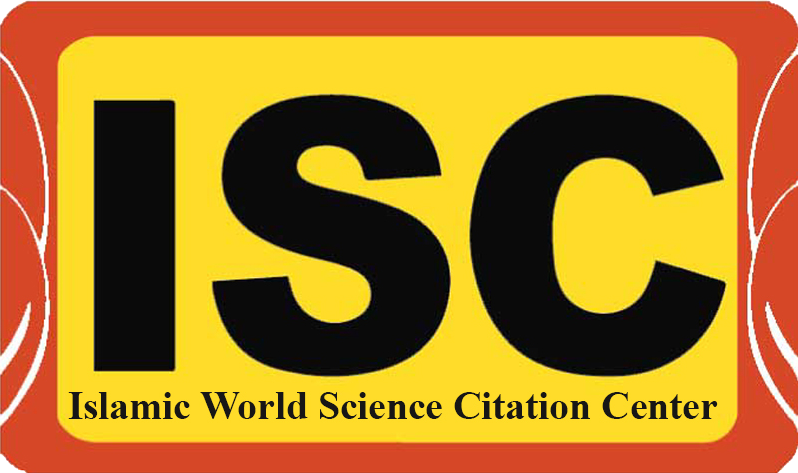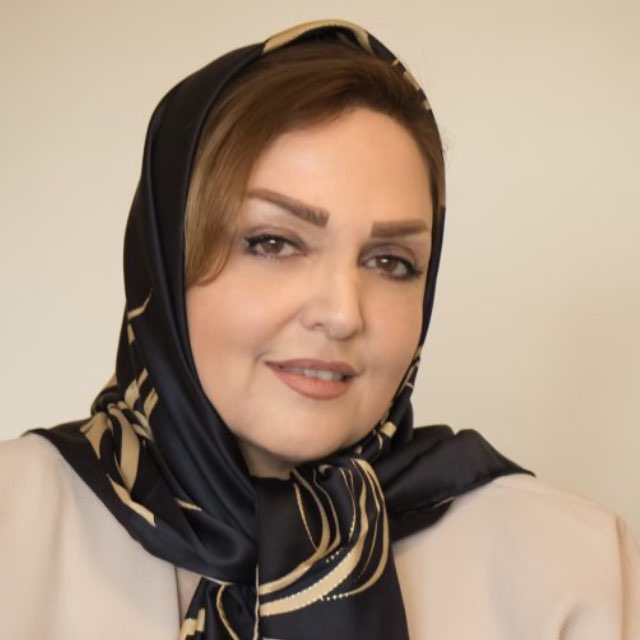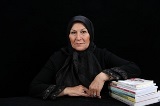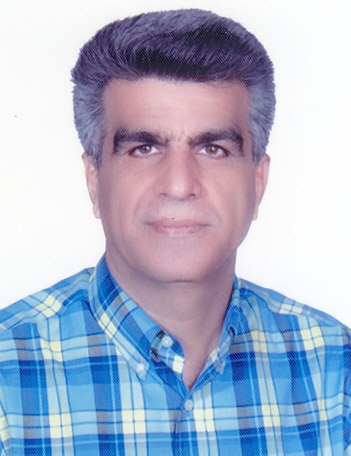The effectiveness of attention bias modification treatment, using emotional facial expression pictures, on emotion regulation
Keywords:
Attention bias correction software, attention bias, emotion regulationAbstract
Background and Aim: This study was aimed to design software for attention bias modification and its effectiveness on students' emotion regulation. Methods: The method of this research was a quasi-experimental method in the form of a pre-test-post-test design with a control group. The software was designed and built by the researchers. The statistical population consisted of all students of the Faculty of Rehabilitation Sciences of Iran University of Medical Sciences in the academic year of 1996-97. Randomized to four experimental groups, each consisting of 15 subjects and a control group of 15 individuals. The experimental groups were divided into four groups: the first group played a positive face selection game among other facial emotions. The second group played the game of choosing positive images from other images in the field of animated and inanimate nature. The third group had to choose a word with a positive meaning from neutral words. The fourth group played a combination of all three groups above. Gross and John's (2003) emotion regulation questionnaire was used for data collection. The data were analyzed by SPSS software using mixed analysis of variance. Results: The results showed that the designed software had sufficient content and differential validity and the results suggest that the use of facial expressions, words, combined group and animated and inanimate images on emotion regulation was more than the control group. This difference was also significant at the follow-up stage. Conclusion: the largest increase in emotion regulation was related to the use of facial expression images.
Downloads
Downloads
Published
Issue
Section
License

This work is licensed under a Creative Commons Attribution-NonCommercial 4.0 International License.

